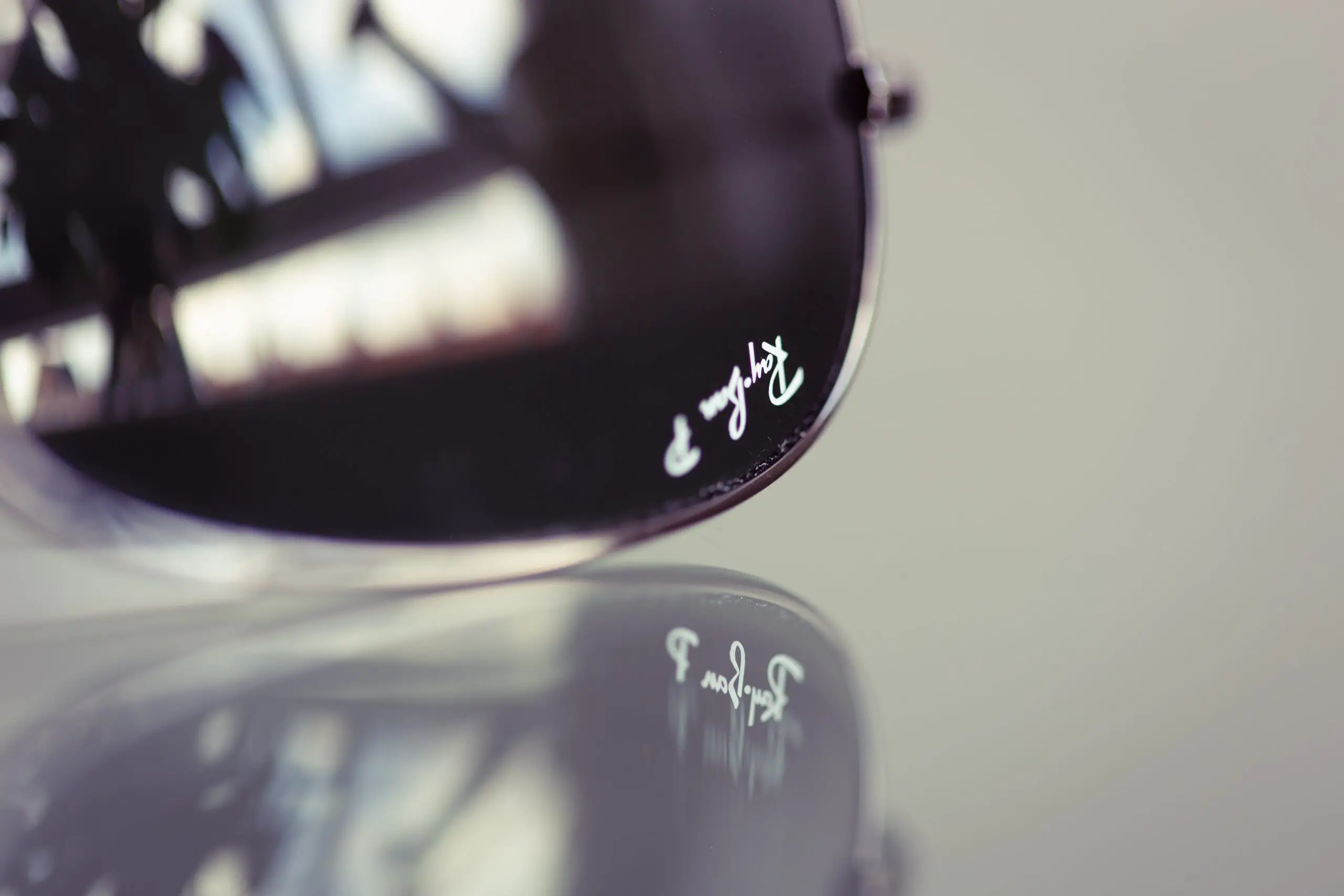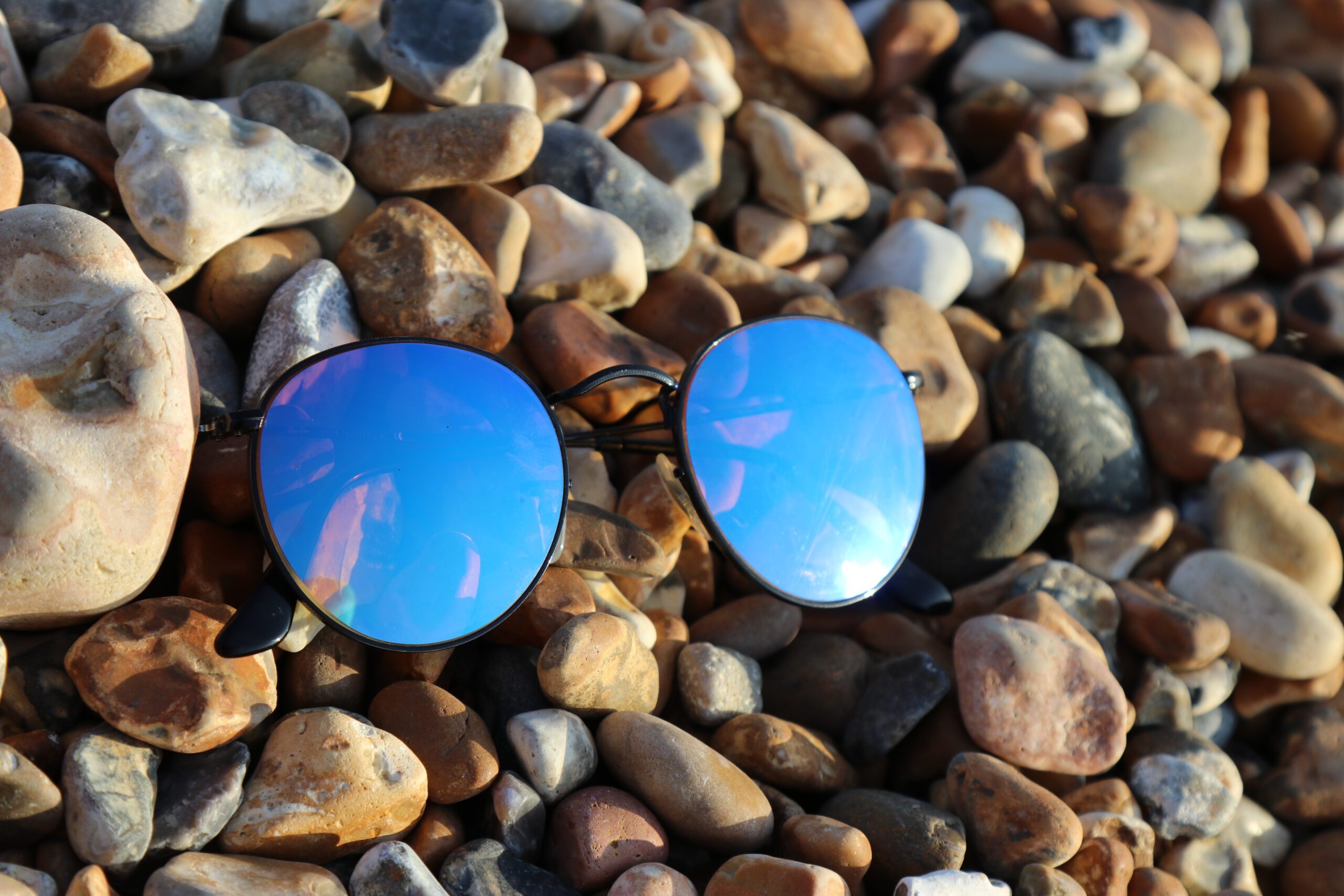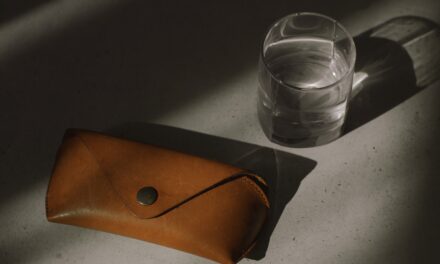Ray-Bans are a staple in many people’s closets for their reliability and sleek aesthetic. Whether you have worn them for years or just bought your first pair, they can be an essential accessory to any outfit. However, you might find your brand-new Ray-Bans don’t fit properly when you first put them on, or your most reliable pair aren’t sitting on your head the way they used to. This leads to the million-dollar question of if bans can be tightened?
Ray-Bans can be easily tightened and adjusted for the perfect fit. First, tighten any loose hinge screws. Next, carefully mold the arms and nose arch to the shape of your head and nose by bending them while providing proper support. Bending these parts incorrectly could damage other components, so be cautious.
The process of adjusting and tightening Ray-Bans is easy enough, but you’d be surprised how many people do it wrong. That’s why we’ve dedicated this article to show you how to perform this simple process the right way in just a few minutes.
How to Easily Adjust Ray Ban Glasses
Ray-Bans are far from the cheapest sunglasses on the market, so the last thing you want to do is damage them beyond repair in attempts to tighten or adjust them. We’ve provided a detailed step-by-step guide to walk you through the correct adjustment process to ensure this doesn’t happen.
If you want the quick notes version, you can adjust Ray-Bans by simply bending the arms and nose arch as well as tightening any loose screws, as we mentioned previously. However, it’s important to know that your Ray Ban’s material will affect how you do this properly without damaging your sunglasses beyond repair.
Going in and manually bending your Ray Ban’s frames could crack your lenses or leave them feeling worse than they did before. Therefore, we strongly urge you to continue to our guide, where we’ll teach you how to easily adjust any pair of Ray-Bans for a comfortable, long-lasting fit.
Start by Testing and Tightening Your Ray Ban’s Screws
Before you start bending anything on your Ray Ban’s, you’ll want to make sure the root cause of their improper fit isn’t a couple of loose screws since this is much easier to fix and has a reduced risk of damaging your glasses overall.
All Ray-Bans, regardless of their material, has two screws connecting each arm of the sunglasses to the overall frame. If you’ve worn your Ray-Bans before, it isn’t uncommon for these screws to start to loosen after multiple uses. Luckily, testing and tightening them is simple.
Testing the Screws
To test the screw’s tightness, hold one arm of your Ray-Bans between your thumb and forefinger and try to wiggle the arm.
If you find the arm can jiggle back and forth on the frame, this means the screws are loose. Alternatively, if the arm stands firm and you find you’re mostly bending the arm, then the screws are tight enough. Be sure to check this on both arms.
Tightening the Screws
If the screws are loose, all you need to do is use a screwdriver to tighten them. This is arguably the most frustrating part of the entire Ray-Bans altering process because most people don’t have screwdrivers small enough for this task.
To tighten Ray-Ban sunglasses’ screws, you’ll either need a straight-head screwdriver measuring 1mm to 2mm across or a small cross-head screwdriver measuring about 1.5mm to 2mm across. Once you have this tool on hand, all you need to do is give the screws a few goods turns with the screwdriver, and you should be all set.
Mold the Ray-Ban Arms to Fit Your Skull
Now that your Ray-Ban screws are nice and tight, you can check to see if they still feel too loose or too tight on your head. If they do, the next step is to carefully bend the Ray-Ban arms so they’re molded to your head shape. The best method for doing this will depend on your Ray Ban’s material.
Molding Metallic Ray-Bans
Personally, we think molding metallic Ray-Bans is much easier than their alternative materials. The first step you should take is making sure both of the arms on your Ray-Ban sunglasses are straight. While we don’t doubt your strength, we recommend using a pair of needle-nose pliers to do this.
Using the pliers, gently pinch and twist at the arm’s hinge where its screws are located. This should allow you to easily bend the arms inward or outward until they’re straight. Next, you’ll bend the natural temple bend at the end of the arm where the sunglasses curl around your ears.
Using the pliers, pinch right at the bend’s peak and then use your thumb and forefinger to bend the temple end. To tighten, bend the temple end down and in, or bend it up and out to loosen. Last, put the glasses on and adjust as needed.
Molding Paste or Plastic Ray-Bans
The process for molding paste or plastic Ray-Bans is the same as metallic ones, except you won’t use pliers. Instead, you’ll use your hands and some hot water.
Using pliers might crack or shatter plastic/paste Ray-Bans, especially if used without pre-heating the material. Soaking the Ray-Bans in a bowl of hot water for thirty seconds will help make the material more moldable without risking permanent damage.
Mold the Nose Piece for a Tight, Comfortable Fit
The last thing you can do to help your Ray-Bans fit your face more comfortably rather than sliding down your nose is to mold the nose piece to your nose.
To do this, you’ll follow a process similar to the one we used for molding the arms. Before bending, most experts recommend removing your Ray-Ban lenses, so they don’t crack during this process.
Once the lenses are removed, place both of your thumbs on the inside of the nose piece and either bend outwards or pinch and bend inwards depending on your desired fit. Be careful not to bend too much, or your lenses won’t fit back into the frame. If you have plastic or paste Ray-Bans, you’ll want to heat the nose piece before bending.
Alternatively, if your Ray-Bans have nose pads (commonly found on metallic Ray-Bans), you might find the nose piece fits better after tightening or loosening the adjustable nose pads with a screwdriver.
Final Thoughts
And that’s all there is to it! If your Ray-Bans don’t fit after the first round of alterations, don’t get discouraged. It will undoubtedly take some trial and error before you get that perfect comfortable fit.
The arms are always the most difficult, considering most people don’t have symmetrical skulls, so you have to account for the fact that one of your ears is likely higher than the other. But once everything is set, your Ray-Bans should fit perfectly for several uses before you need to readjust them, and now, you’ll know exactly how to do it.





